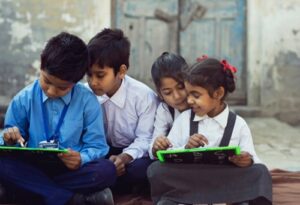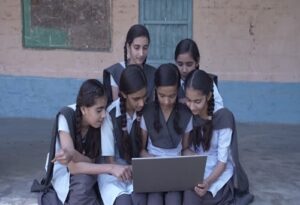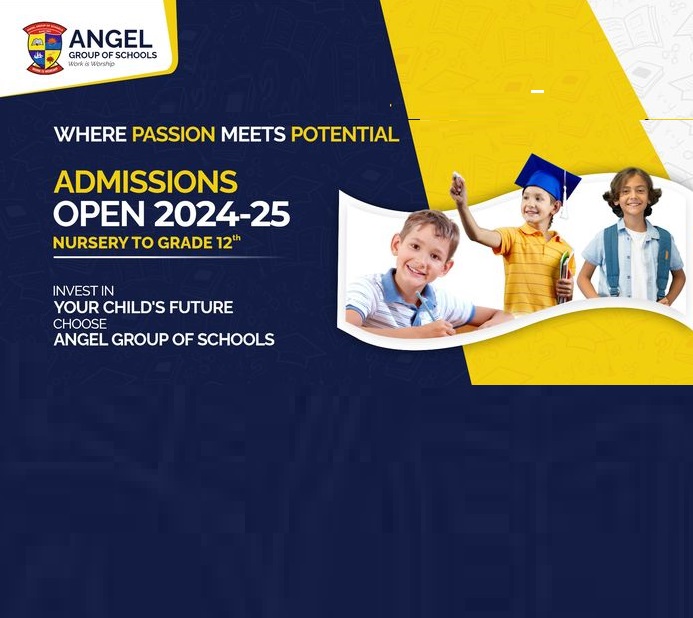New technology is transforming the way students learn and interact in the classroom. Smartboards and digital projectors make lessons more visual and engaging, while tablets and laptops allow students to access a world of information instantly.
Online learning platforms provide interactive resources, personalized assignments, and even virtual classrooms. Technology also makes collaboration easier, with tools like shared documents and virtual group chats. Students can learn at their own pace through videos, apps, and gamified lessons. While it’s exciting, balancing screen time with hands-on activities is important to keep learning well-rounded. Technology is making classrooms more dynamic and preparing students for a tech-driven future.
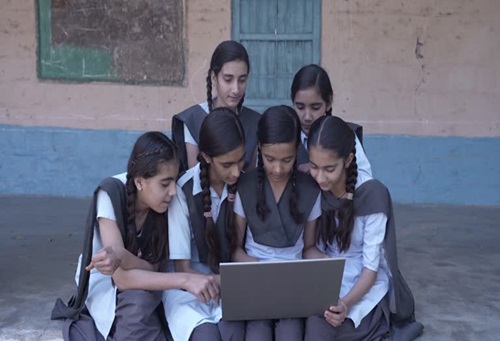
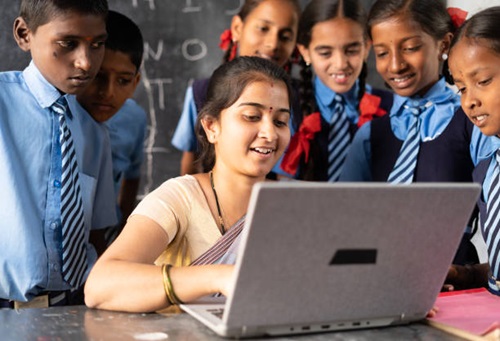
Interactive Smart Boards and Digital Displays
Traditional blackboards and whiteboards are being replaced with smart boards and digital displays. These tools allow teachers to present lessons with visuals, videos, and animations, making learning more interactive and engaging. Students can also participate in quizzes and activities in real time, enhancing their understanding of complex topics.
Online Learning Platforms and E-Books
Textbooks are no longer the only learning resource. Many schools now use e-books and online learning platforms that provide students with access to study materials anytime, anywhere. Digital platforms like Google Classroom and Microsoft Teams help teachers assign homework, share resources, and track students’ progress efficiently.
AI and Personalized Learning
Artificial Intelligence (AI) is making education more personalized. AI-powered tools analyze a student’s strengths and weaknesses and recommend customized learning paths. Platforms like adaptive learning apps adjust difficulty levels based on student performance, ensuring a tailored educational experience for each learner.
Virtual Reality (VR) and Augmented Reality (AR)
Virtual and Augmented Reality bring subjects to life by allowing students to explore 3D models and immersive simulations. Instead of just reading about historical events or scientific processes, students can experience them virtually—such as walking through ancient civilizations or conducting virtual science experiments.
Gamification and Engaging Learning Methods
Game-based learning tools make education fun and interactive. Platforms like Kahoot! and Duolingo use quizzes, rewards, and challenges to keep students motivated. This approach improves engagement and retention, making learning feel less like a chore and more like an enjoyable experience.
Digital Collaboration and Remote Learning
Technology has made group projects and remote learning more efficient. Students can collaborate on assignments using cloud-based tools like Google Docs, participate in discussions via video calls, and access recorded lectures when needed. This ensures flexibility and enhances teamwork skills.
Smart Attendance and Classroom Management
Schools are implementing automated attendance systems using biometric scans or QR codes to streamline the check-in process. Classroom management apps help teachers track student behavior, participation, and academic progress more effectively.
New technology is reshaping the classroom experience, making education more engaging, personalized, and efficient. While traditional teaching methods remain valuable, integrating technology enhances learning outcomes and prepares students for a digital future. As schools continue to adopt innovative tools, students and teachers alike will benefit from a more interactive and modern learning environment.



